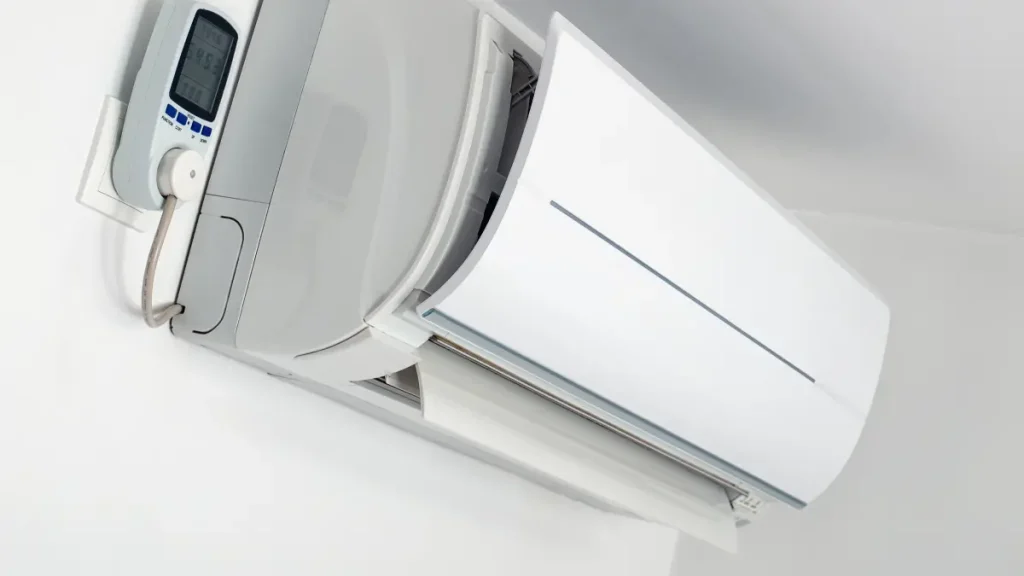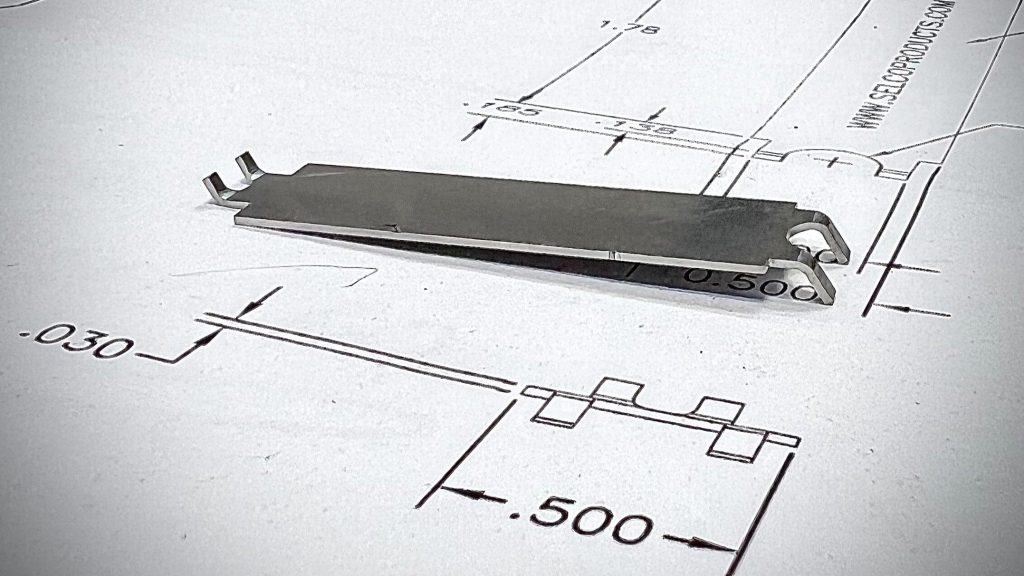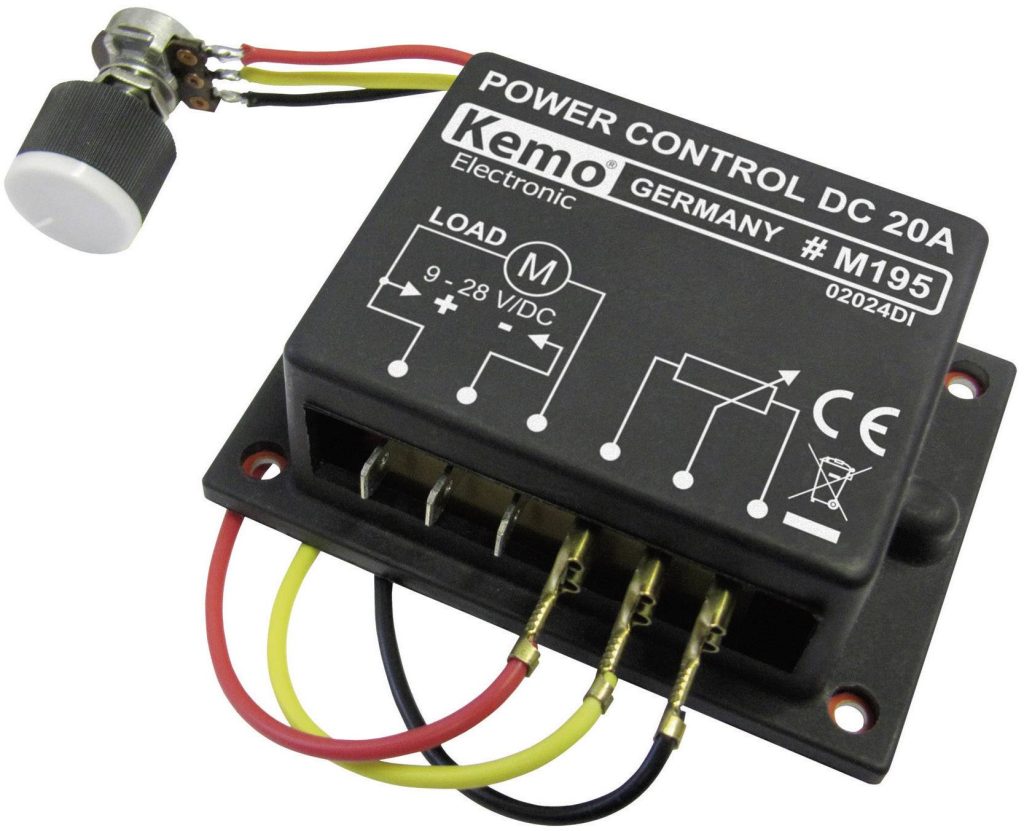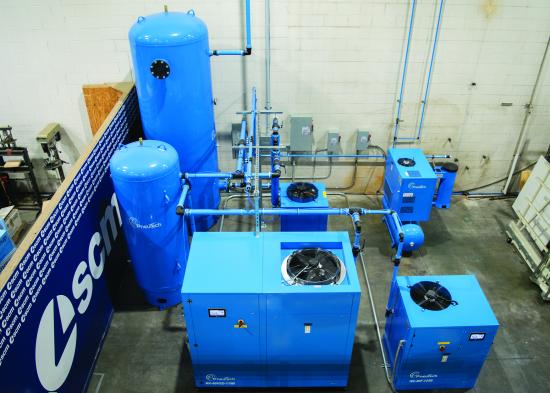Are you looking for trustworthy plywood suppliers for your next project or business? Find out the 8 best Canada plywood manufacturers from Canada and the USA that are renowned for quality, creativity as well as sustainability. The reputable wood producers can offer you high-performance wood for your furniture or construction projects.
VINAWOOD
Since its inception in 1992, VINAWOOD Co., Ltd has grown to become a major exporter and manufacturer of plywood located in Vietnam that serves markets throughout North America, Asia, the Middle East, and beyond.
A strong dedication to the highest quality standards, sustainable practices as well as customer satisfaction, VINAWOOD has earned a stellar reputation for providing sturdy, high-performance products that meet the highest standards of international quality.
There are a variety of different kinds of plywood for all applications
VINAWOOD is one of the most trusted plywood suppliers. They provide a range of products made from plywood comprising Film Faced/Formwork Plywood (also known as Formwork Plywood), MDO Plywood (Medium Density Overlay Plywood), Commercial Plywood and Furniture Plywood. The products of VINAWOOD are constructed with 100 percent A-Grade Hardwood Veneers paired with the adhesives created by the company. This ensures durability as well as moisture resistance, and a variety of possibilities of use. They are perfect for industrial, construction and furniture uses.
In-house quality control and strict testing
VINAWOOD is known for its dedication to the highest quality. With its cutting-edge test labs, every batch of plywood goes through stringent tests for its physical properties and the properties of adhesives. VINAWOOD’s strict quality control procedures assure that VINAWOOD is in compliance with or exceeds international standards and provides customers with high-performance material.
Global certifications & Sustainable practices
VINAWOOD has multiple certifications such as ISO 9001, FSC, EPA TSCA, CE Marking EN13986 and EUTR certification of compliance. VINAWOOD is dedicated to environmentally sustainable sourcing and security regulations. The certificates are a reflection of VINAWOOD’s ethical and forward-looking approach.
A global reach with the best local expertise
With 60% of the production exports to the major countries such as those of the United States, Canada, and the UAE, VINAWOOD has established itself as a top supplier for furniture manufacturers, construction firms manufacturers, and plywood distributors worldwide. VINAWOOD is able to export 60% of the production to markets that are major, such as the United States, Canada as well as the United Arab Emirates. Another 40% of its production is sold to Vietnam. This proves that the company is able to meet the local and international requirements with its high-quality.
Quality as well as service
VINAWOOD’s success has been built upon a single principle providing top-quality products that is guaranteed to perform well and offer outstanding customer service. For formwork as well as furniture manufacturing, or commercial usage, VINAWOOD plywood offers the durability, reliability as well as sustainability today’s industry demands.
For partnership inquiries, orders, or technical questions For partnership inquiries, orders, or technical questions, contact Vinawood directly at
- Website: https://vinawoodltd.com/
- Email: info@vinawoodltd.com
- Tel: +84-83-333-2333
Columbia Forest Products
Columbia Forest Products is North America’s largest producer of hardwood plywood and veneers. It has been proudly providing cabinetry, furniture, and millwork industries since the year 1957. Columbia Forest Products, which is located at Greensboro North Carolina and owned by its 100% employees, is known for its PureBond (r) technology that uses soy-based glues to produce healthier, environmentally-friendly plywood.
Columbia operates multiple facilities located in its facilities in U.S., Canada and Mexico. The company offers a wide range of hardwood species and cores. They also offer customized finishes to meet various customer needs. The company is committed to sustainability and responsible forest management. It holds FSC certification and pioneering eco-conscious manufacturing. Columbia is a leading choice in North America for its commitment to innovation, quality and environmentally responsible practices.
Forest Plywood
Forest Plywood has been a supplier of hardwood plywood as well as specialty panels in Southern California since 1967. It has facilities located in La Mirada, National City and offers hardwood plywood, Baltic Birch MDF and laminates. It also offers custom milling to satisfy the needs of furniture makers and contractors.
Additionally, in addition to delivery locally from Santa Barbara to San Diego, Forest Plywood also ships select products nationwide. The company’s focus is on top quality products, quick service and highly skilled support, Forest Plywood has built an excellent name as a trustworthy source for construction, woodworking and commercial projects in the country.
Georgia-Pacific
Georgia-Pacific is one of North America’s top manufacturers of wood products, including wood, OSB (oriented Strand Board) and lumber catering to commercial and residential construction market. Georgia-Pacific is renowned for its trusted products like Plytanium (r), DryMax (r) as well as ForceField. Georgia-Pacific operates multiple manufacturing facilities located in Canada, U.S., Canada and Europe. They offer high-performance wood products for roofing, flooring, and sheathing applications.
The company is committed to sustainable development and technological advancement, Georgia-Pacific sources wood responsibly and supports green building standards such as LEED(r). The company is continuing to invest in its manufacturing capabilities to meet the ever-growing demand for long-lasting, eco-friendly wood products, making it a trusted supplier for contractors and builders throughout the nation.
Canfor
Canfor is an established integrated forest products company based located in Vancouver, Canada, specializing in the manufacture of premium softwood lumber, pulp, papers, and engineered wood products. Operating across Canada, Europe, the United States, and Europe, Canfor supplies a wide spectrum of services, which include residential and commercial packaging, construction as well as industrial applications. Canfor is known for its commitment to quality in product, efficiency of processes, and products focused on customer satisfaction.
Canfor is dedicated to sustainable forest management and forestry certification. Nearly all its forests are certified according to accepted guidelines. Canfor maximizes the utilization of every part of the tree and produces lumber, pulp, bioenergy as well as other products with value while supporting low-carbon manufacturing practices. The company’s emphasis on sustainability, creativity and superior quality make it a trusted partner for producers, builders and distribution companies around the world.
Royal Plywood
Royal Plywood has been a wholesaler of specialty panels in the Western United States for over 50 years. Royal Plywood has multiple locations located in California, Nevada and Arizona. They provide a range of items, such as hardwood plywood and softwood laminates, melamine and Melamine. Royal Plywood is renowned by its commitment to the environment, high-quality and speedy delivery. It has become an ideal partner for architects, designers and woodworkers.
Royal Plywood offers custom lamination and milling services that provide customers with a custom solution for their furniture, architectural or cabinetry design. Royal Plywood, with its commitment to design and innovation and environmental stewardship it has been an industry leader in industrial design, manufacturing construction, building and construction industries over the past six decades.
Anderson Plywood
Anderson Plywood is a trusted source of softwood and hardwood lumber, plywood and tools, as well as hardware and milling service, providing the woodworking industry since 1946. The business, which is based at Culver, California, is famous for providing a broad variety of woodworking tools and materials, both professionals and amateurs. The range includes special plywood, veneers and finishing products.
With more than 70 years of expertise, Anderson Plywood has built a strong reputation of providing excellent customer care along with knowledgeable employees and high-quality milling. Anderson Plywood has the expertise and materials to bring customers the ideas they have in their head to reality whether creating cabinets, furniture or any other woodworking project that requires a custom.
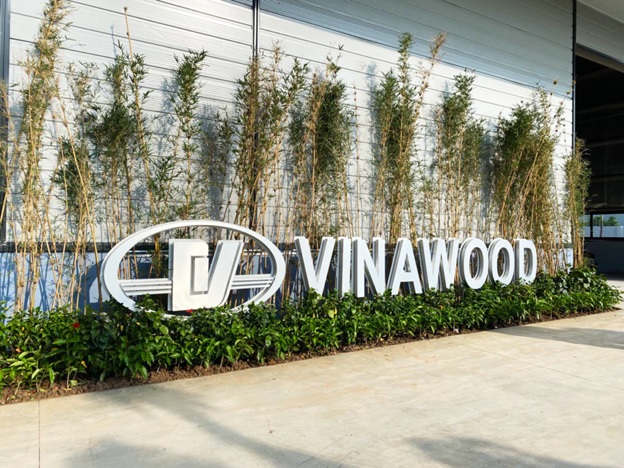
Richwood Industries
Richwood Industries, based in Grand Rapids, Michigan, is an industry-leading manufacturer and distributor of specialty panels, plywood and composite products. Since its founding around 1988, Richwood has built a good reputation for its cutting-edge materials like PolyBak(r), a high-performance linerboard. It also offers various boards that can be tacked, markers as well as custom drawer systems. Office furniture, healthcare and education are a few industries that Richwood serves.
With a focus on custom manufacturing and value-added services, Richwood Industries offers lamination, drawer production, and on-time delivery from its state-of-the-art manufacturing facility. Richwood Industries is well-known for their commitment to customer service and quality. They also offer custom-designed solutions that meet the needs of designers and producers throughout all across the United States.
The success of your project is greatly affected by choosing the best plywood manufacturer. The top plywood manufacturers in the USA and Canada focus not only on quality but also on innovation and support. The top players in the industry will guarantee you receive only the best plywood, whether you are buying for construction or furniture. Explore their offerings and build confidently.



